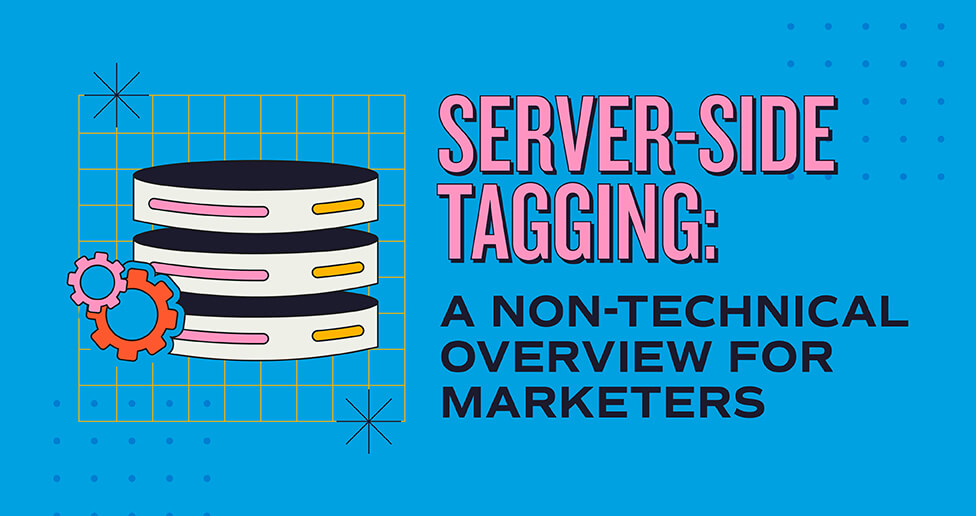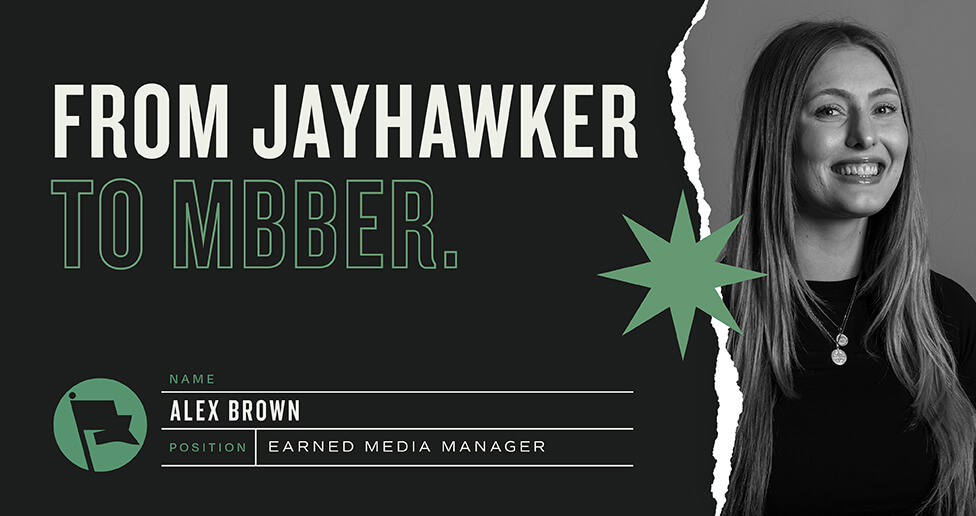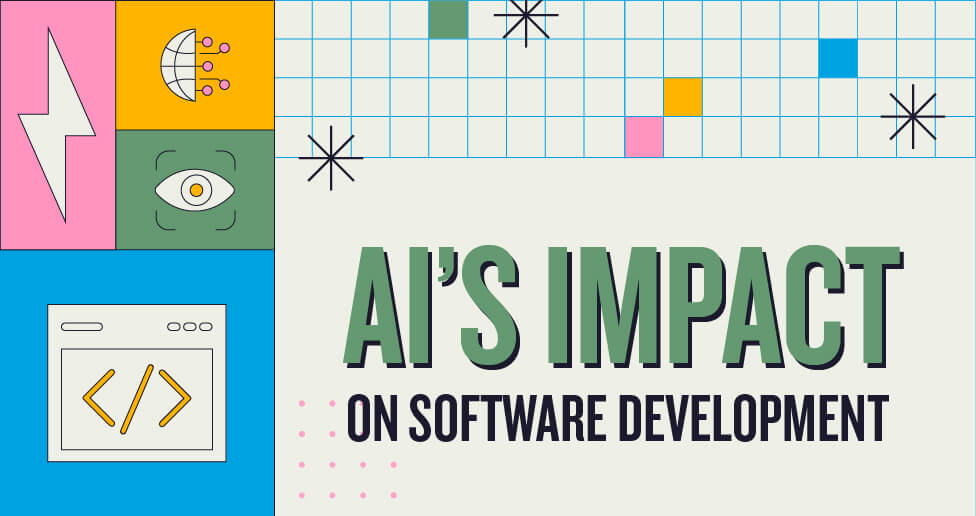
Recently, I had the pleasure to attend the 2016 Dallas Digital Analytics Association Symposium. This was an annual conference put on by the Digital Analytics Association by the local Dallas, TX chapter of the organization. Whether you’re a digital analyst, a marketing manager, or simply really into data, this event was jam packed with golden nuggets of info. There were tracks on career advice, data visualization, dashboard design, and effectively use of data. There were main points that echoed across the tracks, and granular tips that were both surprising and helpful. That being said, here are 10 key takeaways that I found to be the most beneficial:
- What you choose to analyze is critical to your success.
Something that really stuck out was when one of the speakers said to look for KPI’s in which a significant rise or fall will result in someone being promoted or fired. Maybe your marketing director has to bring up ecommerce sales 10% by the end of the year, or Joe in sales has to bring in 20 new lead this quarter. Put your chops to work on something that will directly affect not only the business, but a coworker’s career. - Just because you can track things doesn’t mean you should.
This tags on to the previous point very well. It is easy to get on a path where you track everything on a website whether it’s valuable or not. One thing to ask yourself, or the person requesting this tracking, is whether or not the data will lead to any action or change. Maybe it will, and tracking every button on the site is validated. Be sure to ask before going all in though. - Being creative can be as important as being smart.
Having a creative mindset gives you a different outlook and can lead you to slice and dice the data in new and interesting ways. Although there’s definitely strength in being very analytical and statistical, being creative is a great attribute in this industry. - The goals of data visualization are discovery and communication.
There’s a ton of data visualization tools out there, and I can attest to the insight it can bring. To really find value though, you must keep in mind that the whole point you’re visualizing data is for discovery and communication. Taking a table of data and simply experimenting with line graphs and bar charts, will allow you to discover new correlations and trends, and also effectively communicate those insights to your audience. - Knowing how to use your analytics tools is more important than you think.
It doesn’t matter what your tools are, knowing your way around them is crucial. As a Google Analytics user, I know which reports can show the dimensions and metrics I need, and which reports aren’t that valuable to my clients. It’s also to take some time understanding how data is captured, as you may discover some metrics aren’t as meaningful as you think they are. Do some research, look for certifications like the GA IQ test, and become a master of the analytics tool you use. - Fully understanding data involves two things.
The first is ensure that the data is being collected accurately. Make sure website tags are firing when they’re supposed to or that pixels are properly placed. Second is to find out how your data tool of choice calculates specific metrics. Sometimes metrics don’t mean what you think, and there are custom options that would be more accurate for your client or business. - Understand your audience.
Figure out how to best communicate your findings to your audience. Maybe you’re presenting to other analysts who are technical minded and would like to see a pivot table. On the other hand, you may be presenting to a group of C-Suite executives and it’s best to stick with a PowerPoint deck. Figure this out and present findings to your audience in their preferred method, otherwise your communication will be ineffective. - Don’t waste time manually building recurring reports and dashboards.
Whenever you start reporting on anything that’s going to be recurring, the first month of reporting should consist of design and automation. This could mean connecting API’s through excel, or purchasing a tool such as Tableau. Whatever your tool of choice is, this should be set up a month before any deliverables are due, that way you only manually build the report once. - Don’t regurgitate the numbers.
Once you know what you’re measuring, and have setup reporting automation, you have to effectively convey those numbers to your boss or client. Whether you’re emailing a deck or presenting to a team, don’t simply repeat the numbers that are on the page in front of them. The key here is to slice and dice the data outside the report. That way you have insight and findings to discuss about the data in front of your audience. - Be Passionate!
I know, I know.. this is a simple and cheesy line but it’s one that was echoed throughout the event. If you read this far, it’s probably safe to say you’re a bit of a data nerd. It’s okay, accept yourself. The fact is, analytics people work with really cool tools and have major insight into key business data. This means you can be in one of the most impactful positions if you analyze and present your findings correctly. So get excited, and show that excitement to your boss or client. If you’re passionate about the data, then you will attract others to be passionate about it as well, and they will be much more interested in the information you have to share.
So that’s it! The Dallas symposium was a great time and I recommend any analytics folks look into attending one near them. And if you would like to learn more about how MBB uses analytics to improve your business, click here.
Subscribe to our newsletter
Get our insights and perspectives delivered to your inbox.


